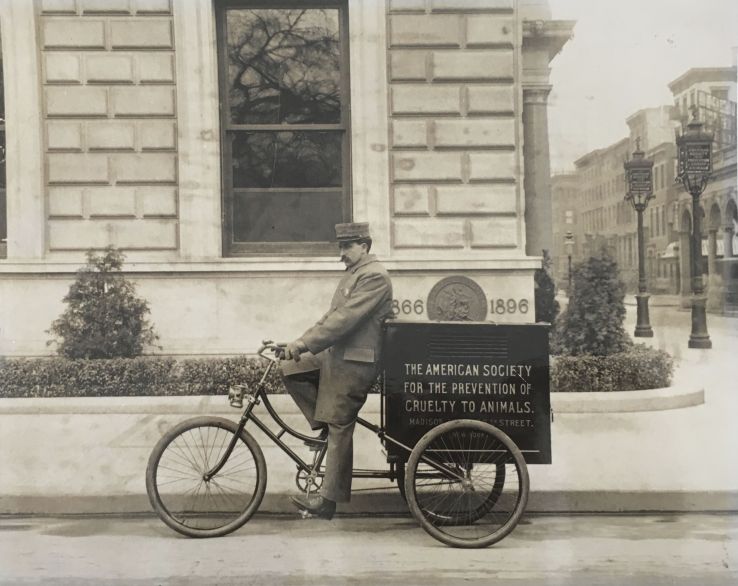
Animal Cruelty Legislation, Part I
In January, a bipartisan bill was introduced in Congress that would make animal cruelty a felony across the United States. Called the Preventing Animal Cruelty and Torture Act (PACT Act), this new law would build on an existing law from 2010 that criminalized making and distributing videos that depicted animal torture and death. Since we’ve recently been digitizing materials related to animal protective legislation as part of the Animal Turn project, this week's blog post seemed like a good time to give a very short overview of animal cruelty legislation in the United States up to 1966. We’ll explore animal cruelty legislation from 1966 to the present in a later blog post.
The PACT Act is the latest in a long line animal protective legislation measures in the United States, which stretches back to the 17th century. The Massachusetts Body of Liberties, which went into effect in 1641, was the first legal code enacted by European colonists in New England and included statutes against cruelty to domestic animals.
In 1828, New York became the first state to pass an animal protection law. Massachusetts followed in 1835. New York’s animal cruelty law served as a basis for the American Society for the Prevention of Cruelty to Animals (ASPCA), founded by Henry Bergh in 1866. A new law passed the same year gave the ASPCA the ability to enforce animal cruelty laws in New York, and the organization became a model for other organizations in the United States. By 1907, every state in the union (45 at that time) had some sort of animal protective legislation in place.

The Humane Slaughter Act was passed in 1958, making it the first federal animal protection legislation enacted in the United States. One group that was instrumental in lobbying for the Humane Slaughter Act was the Society for Animal Protective Legislation, whose records you can find as part of the Animal Welfare Institute Records collection.
In 1966, 100 years after the founding of the ASPCA, Congress passed the Animal Welfare Act. This law was intended to protect domestic animals such as dogs, cats, and guinea pigs. To learn more about the Animal Welfare Act, check out this interactive timeline and the Animal Welfare Act History Digital Collection, from the United States Department of Agriculture’s National Agriculture Library.
Since 1966, many other laws have been passed that promote animal welfare and protect animals from cruelty, including protections for livestock, lab animals, and wild animals. We'll explore those in our next Animal Turn blog post, coming in March!
The resources highlighted in this post, and many more digital resources from the Animal Turn project, are available in the Libraries' Rare and Unique Digital Collections, which provides access to over a million images, drawings, video, audio recordings, and textual materials from the Libraries' Special Collections Research Center.